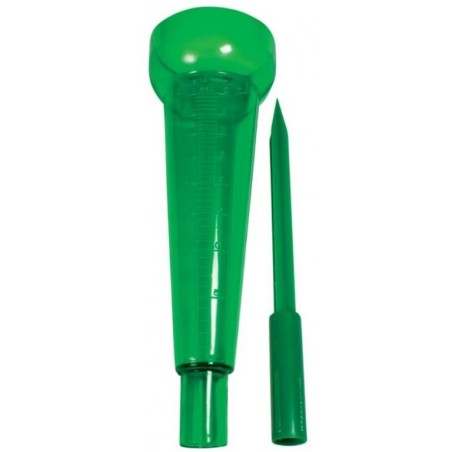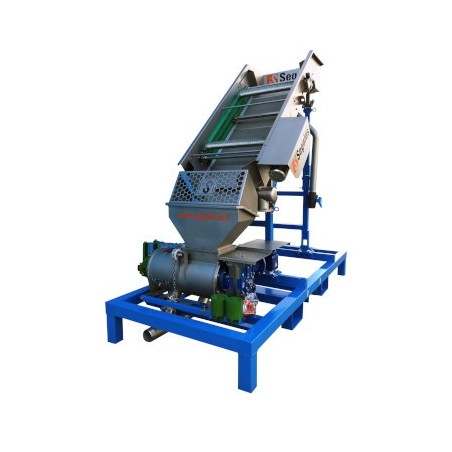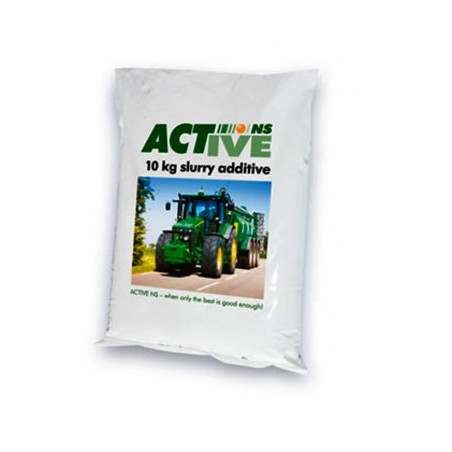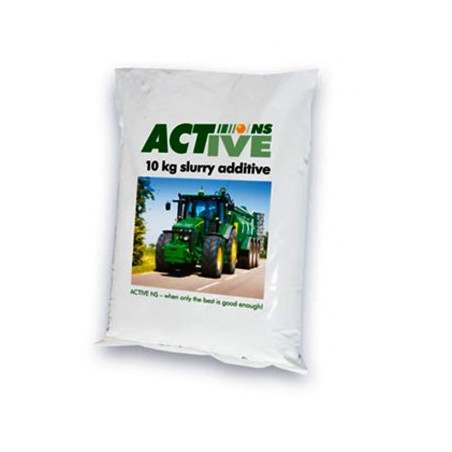The composting process is applicable to the solid manure, e.g. slurry with straw bedding, or solid fractions of slurry obtained from a solid/liquid separation process. It consists of aerobic biological decomposition, with air, and stabilization of the organic substrate, under conditions that allow thermophilic temperatures to develop (between 50ºC and 70ºC), as a result of the generation of heat energy of biological origin. This process results in a stable final product, free of pathogens and seeds, which can be applied to the soil in a beneficial way.
The aim of the process is to obtain a product that can be marketed in the organic amendment, horticulture, and gardening markets.

For composting to take place, initial conditions of moisture, structure, and composition must be met:
- Moisture: The optimum humidity is between 30% and 65%; if the humidity is higher, water prevents oxygen from penetrating the pores and limits the growth of microorganisms.
- Structure/porosity: The space in a compost pile is occupied by solids, water, and air. The recommended space occupied by air is 25% - 35%; if it is less, oxygen circulation is not favored and if it is more, mass heating is hindered.
- Composition: The C/N ratio (carbon/nitrogen) should be between 25 and 35; if it is lower, NH3 emission is favored, and if it is higher, the process is slowed down due to lack of nitrogen. Livestock manure has a high nitrogen content, with C/N values below 25 (solid fraction of pig slurry ≈ 9), so it is necessary to mix it with materials that have a very high C/N ratio, usually vegetable residues, for example wheat straw (≈ 128) or pine bark (≈ 723), which in turn allow moisture and structure (porosity) to be adjusted.
A high content of heavy metals (Cu and Zn) can reduce the agronomic and economic value of the compost, as these accumulate in the solid fraction of the slurry. For example, during monitoring of a treatment plant, 70 mg Zn/L were measured in the original slurry and 900 mg Zn/L were measured in the solid fraction obtained by centrifugation. Adopting measures to reduce these metals at source is recommended, decreasing the amount of these metals in the diet, in order to give economic value to the compost produced. Considering that the volume can be reduced during composting by up to 50% by evaporation of the water, the concentration of Zn, with the above data, could exceed 1500 mg Zn/L in the final compost, which disqualifies it as a quality compost.
The system has aeration requirements, which can be provided by turning the pile or by air blowers. Aeration provides oxygen and regulates excess moisture by evaporation, which in turn maintains the proper temperature. During aeration and evaporation of water, ammonia is also volatilized, which should be minimized with a high C/N ratio and/or by covering the compost pile with a membrane that prevents NH3 from escaping but not water vapor.
Figure 1a shows a turned pile system and Figure 1b shows a pile system with air supply by air blower and perforated pipes at the base of the pile. Figure 2 shows a mixed system, where the turning is done by a machine running on rails on the side walls. In this installation, the composting system is inside a greenhouse to control temperature and convection air circulation.
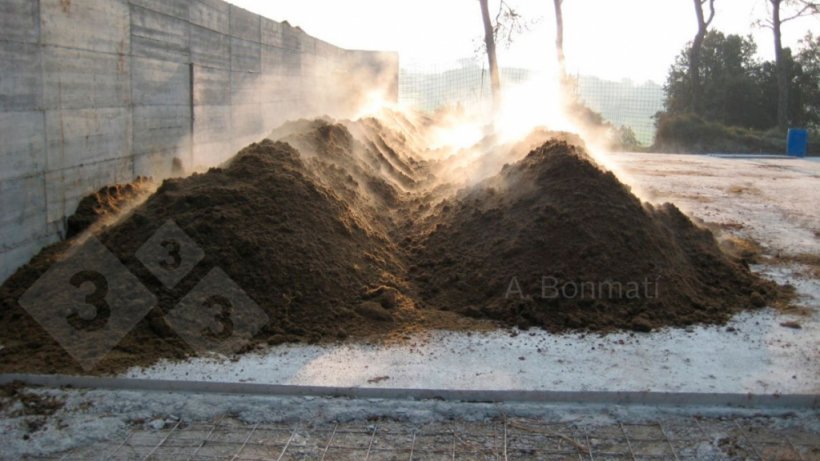
Figure 1a. Composting systems: Turned piles. Photos courtesy of A. Bonmatí (IRTA).
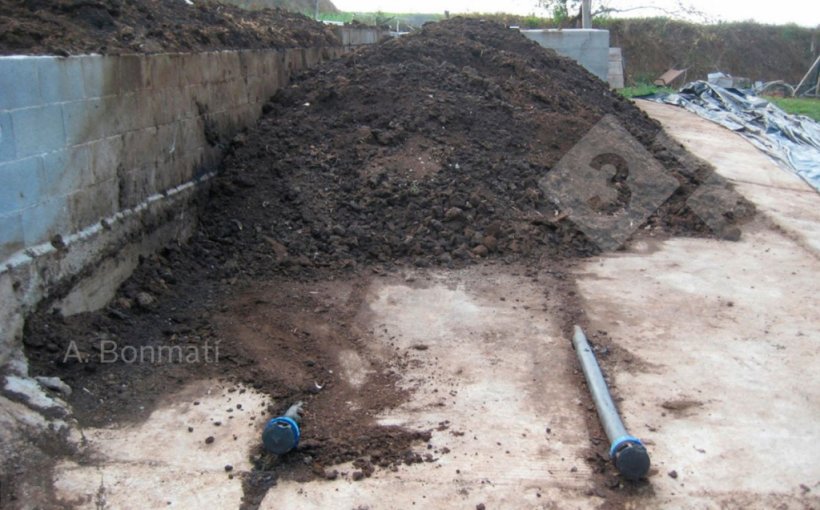
Figure 1b. Composting systems: with air supply via blower and pipes under the pile. Photos courtesy of A. Bonmatí (IRTA).
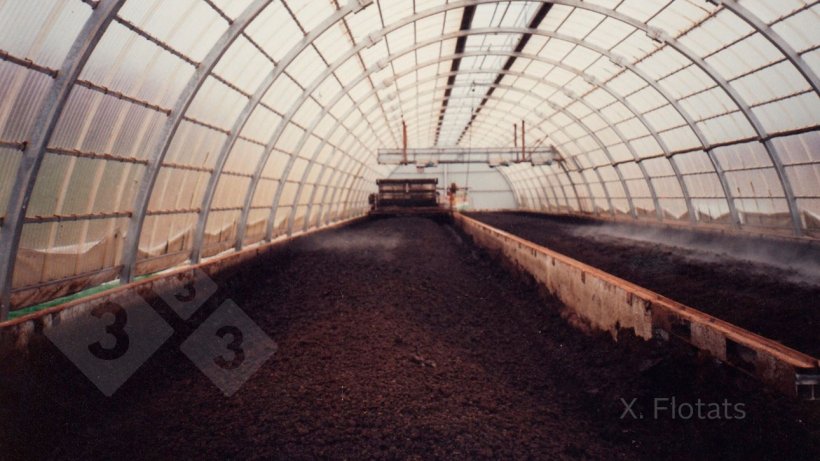
Figure 2. Composting system in a greenhouse, to prevent humidification by rainwater and to control temperature, with mixing and aeration by means of a machine that circulates on rails on the side walls. The bulking material, which provides carbon and porosity, is wheat straw.
What role does composting play in strategies in a surplus situation? 




